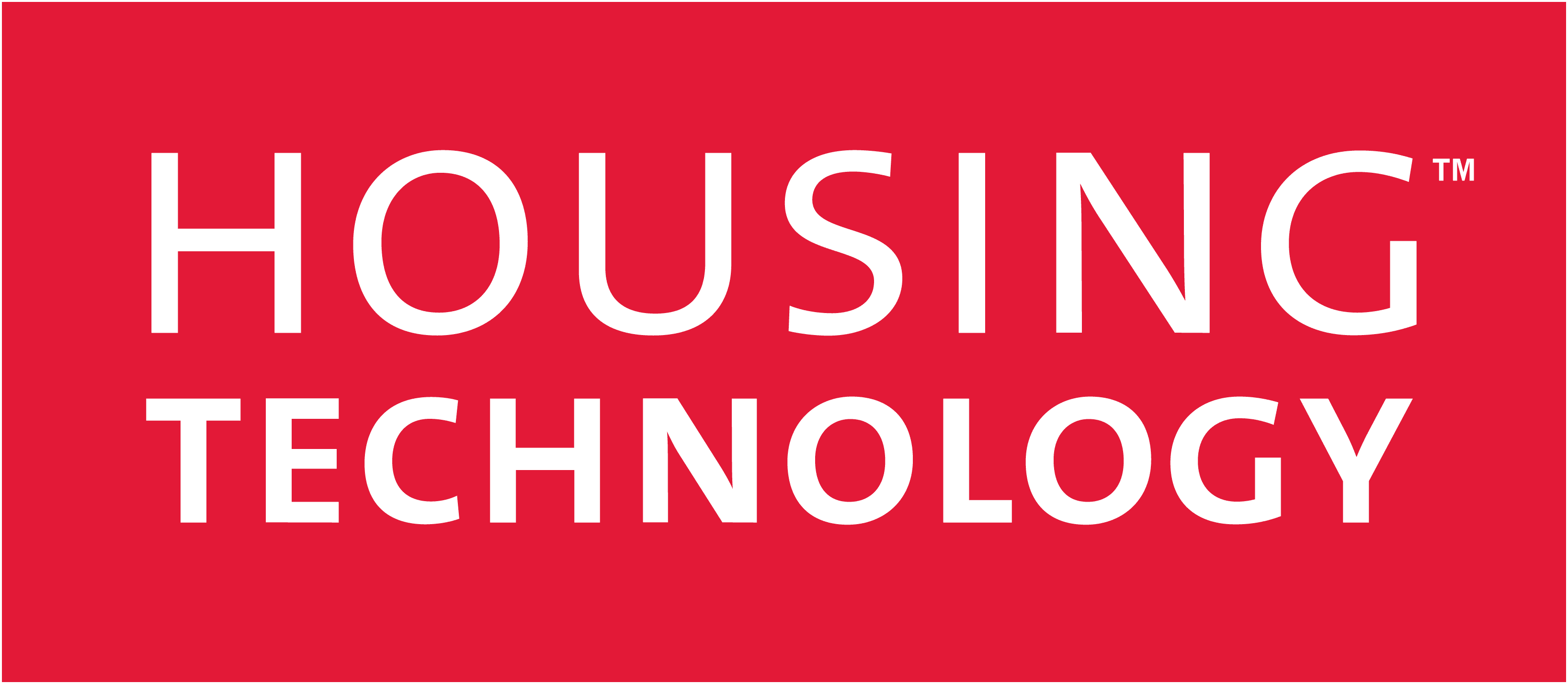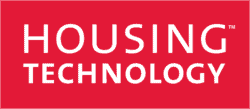Brendan Sarsfield, the former CEO of Peabody and now a strategic advisor at NEC Software Solutions UK explores how technology can create a new type of shared ownership and drive resident engagement.
When you work in the complex and challenging world of social housing, you know it’s about the property, the people and how they interact.
Over the years, I have witnessed the pendulum swinging back and forth between a focus on homes and a focus on tenants as priorities change. At the moment, the power of resident involvement and engagement is high on the agenda, but this will only add value if housing providers are listening and using the feedback to improve their homes and services; for this to happen, there needs to be the right culture and systems in place to support it.
For example, there should be mechanisms to create a circle of learning. A loop of listening to customers, improving processes, reflecting the changes back to residents and demonstrating providers are acting on any feedback or concerns. It is about people and property.
Improving collaboration
Genuine resident involvement must be widespread and representative, with a range of different voices captured.
Tempting though it can be to rely solely on the input of those more actively involved in formal engagement channels such as residents’ panels, it will naturally only ever provide a snapshot of the opinions of those residents who have self-selected to engage, when what’s needed is a range of opinions to reflect the diverse communities, subgroups and even different geographical parts of the estates so that everyone can have their say.
The future of our sector is all about improving collaboration on a larger scale so that more residents can join in the conversation at a time and place that fits around them. It’s not always easy to have your say when, for example, you’re a single parent of four and a residents’ meeting is being held in a community centre at night, but you might be able to join online.
Of course, if you are offering tenants multiple ways to contact you then the channels must be joined up to avoid the risk of messages being overlooked and perhaps a ceiling falling in. Quite literally.
Using AI to spot tenants’ priorities
Artificial intelligence (AI) can help drive resident engagement because it makes it easier to spot patterns and trends.
For example, a tenant has called the contact centre because they think there is drug dealing on their estate but they don’t specifically ask for a response. AI could spot that drug dealing has been reported in other calls or messages and even in comments on the housing provider’s social media pages.
The AI-derived data then gives the housing team a fuller picture so they can act faster than if a report or comment was seen as an isolated concern. If this information is fed back to the right department and acted on, it can improve systems and processes, attitudes and culture and encourage more tenants to have an input.
Or AI could also pick up on multiple contacts from residents who need help finding out if they qualify for extra benefits as they struggle with the cost-of-living crisis. This could lead the organisation to consider that a more strategic response is needed rather than dealing with things on a case-by-case basis. In this instance, the solution might be signposting to another organisation but it would still show that the housing provider is listening and acting on the concerns tenants are flagging.
This is a quick win for housing providers because it helps improve engagement by aligning service delivery with tenants’ day-to-day priorities. All contact with residents can then be treated as learning opportunities and a chance to engage. After all, it’s often the smaller things that matter the most to tenants.
The landlord and tenant relationship
Ultimately, how residents think of their housing provider often boils down to the quality of the home they live in and how it is maintained.
Housing stock, like so much in life, goes through cycles. It is new and then it becomes old and in need of refurbishment and, of course, not all homes across an estate will need the same type of repairs at the same time.
A one-size-fits-all approach to engaging with tenants therefore won’t work because the tenants’ concerns and priorities will differ according to where their home is in the repair cycle and their personal circumstances.
For example, a couple with a new baby will feel more concerned about the timescale of a boiler replacement than perhaps a young single tenant would. A more nuanced and targeted approach to resident engagement helps providers make earlier interventions where needed.
We also know sustainable assets and sustainable tenancies go hand in hand. Having access to the data on one platform on the age of the property, when it was last refurbished and how many tenants are living there and if they are old, young, a couple or single is vital because it provides context and makes it easier to know why more repairs might be needed in one property compared with the one next door.
Housing providers can then engage better with their residents because they can see the bigger picture and can take appropriate pre-emptive action to reduce voids, arrears and disrepair.
A two-way process
IoT sensors have also opened a world of possibilities for resident engagement.
It’s now possible to use the data fed back from sensors to determine, for example, if a house is thermally efficient by monitoring heat loss and areas of condensation. Being able to involve tenants in keeping their homes damp- and mould-free by showing them that it’s possible to ventilate and not lose significant heat will help them maintain a heathier home environment.
This gives tenants the opportunity to be an integral part of the process and they can see the benefits active involvement brings. Achieving more meaningful resident engagement will create a more symbiotic relationship which will pay dividends for both housing providers and their tenants.
Brendan Sarsfield is the former CEO of Peabody and is now a strategic advisor at NEC Software Solutions UK.


